| ( ! ) Warning: session_start(): open(/var/lib/php/session/sess_f46m3n7nrrdrnhu8c4o6h545m5, O_RDWR) failed: No space left on device (28) in /home/tourworld/tourtravelworld.com/htdocs/mysqli-basepath.php on line 2 | ||||
|---|---|---|---|---|
| Call Stack | ||||
| # | Time | Memory | Function | Location |
| 1 | 0.0030 | 1118872 | {main}( ) | .../index.php:0 |
| 2 | 0.0032 | 1152264 | include_once( '/home/tourworld/tourtravelworld.com/htdocs/mysqli-basepath.php ) | .../index.php:3 |
| 3 | 0.0032 | 1152264 | session_start( ) | .../mysqli-basepath.php:2 |
| ( ! ) Warning: session_start(): Failed to read session data: files (path: /var/lib/php/session) in /home/tourworld/tourtravelworld.com/htdocs/mysqli-basepath.php on line 2 | ||||
|---|---|---|---|---|
| Call Stack | ||||
| # | Time | Memory | Function | Location |
| 1 | 0.0030 | 1118872 | {main}( ) | .../index.php:0 |
| 2 | 0.0032 | 1152264 | include_once( '/home/tourworld/tourtravelworld.com/htdocs/mysqli-basepath.php ) | .../index.php:3 |
| 3 | 0.0032 | 1152264 | session_start( ) | .../mysqli-basepath.php:2 |
0 Nights / 0 Days
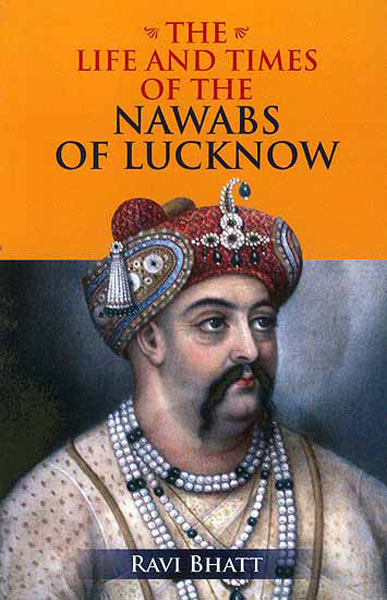
We are Offering Domestic/inbound Tour Packages Including Pilgrimage Tour, Heritage Tour and Culture Tour
we also Offer Corporate Tours /educational Tours Read More...
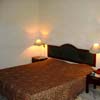 2D/1N
2D/1N
 13D/12N
13D/12N
Rishikesh - Mussoorie - Yamunotri - Uttarkashi - Gangotri - Rudraprayag - Kedarnath..
 0D/0N
0D/0N
 0D/0N
0D/0N
 0D/0N
0D/0N
 0D/0N
0D/0N
 0D/0N
0D/0N
 0D/0N
0D/0N
 0D/0N
0D/0N
 0D/0N
0D/0N
 0D/0N
0D/0N
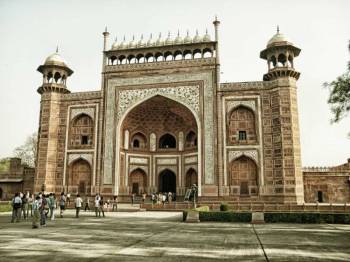 11D/10N
11D/10N
10 Nights Uttar Pradesh Tour Package Fro..
New Delhi - Agra - Prayagraj - Lucknow - Mathura - Varanasi - Ayodhya - Vrindavan -..
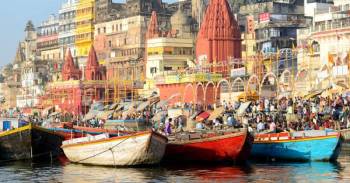 8D/7N
8D/7N
Uttar Pradesh Tour Package 7 Nights - 8 ..
Lucknow - Varanasi - Bodhgaya - Rajgir - Kushinagar - Lumbini - Shravasti
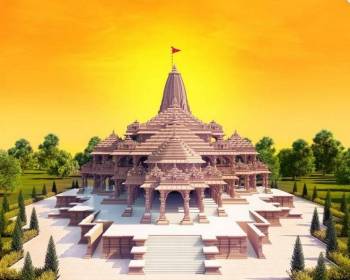 6D/5N
6D/5N
5 Night Ayodhya - Varanasi - Prayagraj -..
Prayagraj - Lucknow - Varanasi - Ayodhya
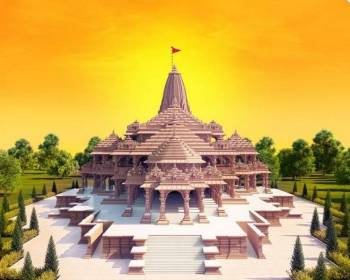 6D/5N
6D/5N
5 Night Ayodhya - Varanasi - Prayagraj -..
Prayagraj - Lucknow - Varanasi - Ayodhya
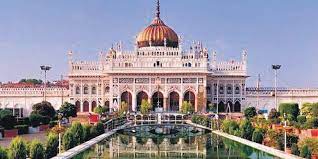 5D/4N
5D/4N
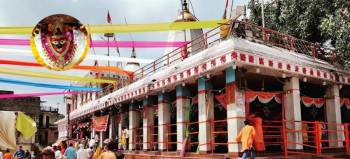 5D/4N
5D/4N
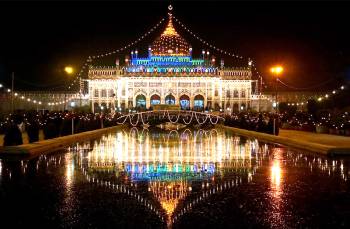 5D/4N
5D/4N
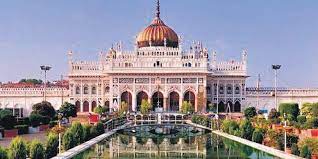 5D/4N
5D/4N
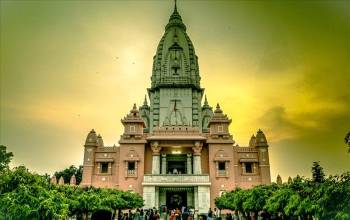 5D/4N
5D/4N